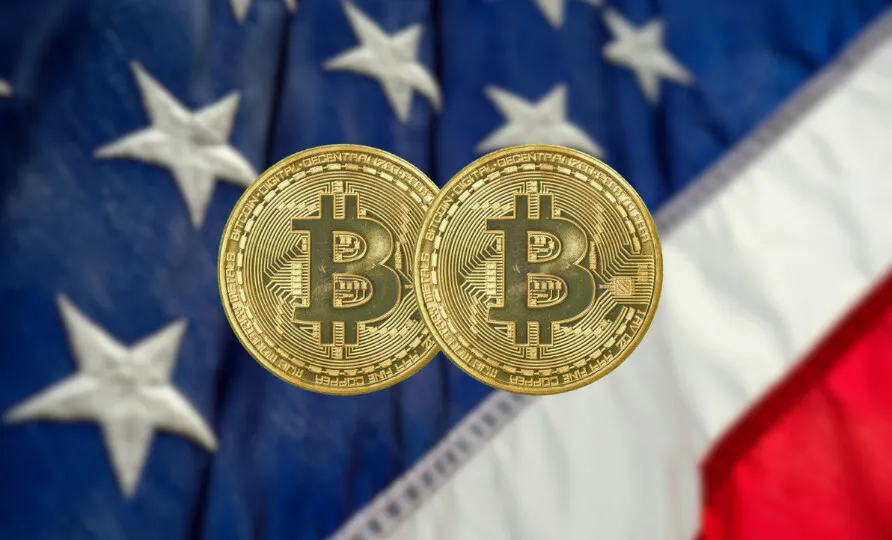The countdown has begun. Next week, the U.S. will drop its latest inflation data, and everyone in the market is holding their breath. Inflation is always a hot topic, but right now, it’s even hotter.
After months of data showing a mixed bag of numbers, the stakes are high. So, what’s really going on with inflation in the U.S.?
In June, it cooled down a bit, hitting 3.0% annually. That’s a drop from the 3.3% we saw in May. Sure, it’s not a massive decline, but it’s a step in the right direction.
What’s more interesting is the monthly rate for June, which actually dipped by -0.1%. That means, overall, prices didn’t just stop climbing—they fell a bit. It’s a small victory, but in this economic climate, even the smallest win matters.

Inflation breakdown: What’s moving, what’s not
Let’s break down the numbers. The core inflation rate—where they strip out the wild swings in food and energy—went up by 3.3% over the past year. That’s the smallest increase in core inflation since April 2021.
Why does this matter? Because it might mean that the underlying pressure pushing prices up is easing.
Energy prices, for example, are finally chilling out. In June, energy inflation was only 1%, a big drop from 3.7% in May.
What caused this? A drop in gasoline prices, which fell by 2.5%. Less pain at the pump is always good news.
On the flip side, food inflation is starting to creep up again, moving from 2.1% in May to 2.2% in June. It’s not a huge jump, but it’s enough to make you notice when you’re at the grocery store.
Meanwhile, shelter and transportation costs are finally easing up too. Shelter inflation dipped from 5.4% to 5.2%, and transportation dropped from 10.5% to 9.4%.
All eyes on the Federal Reserve
The Federal Reserve has been wrestling with how to keep inflation in check without totally choking off economic growth. The big question now is whether they’ll start cutting rates before the year is out.
With inflation cooling, unemployment ticking up, and job growth slowing down, the Fed might just decide to pump some life back into the economy with a rate cut.

It’s all about finding that sweet spot between fighting inflation and keeping the economy afloat.
Now, let’s talk about the jobs report from August 2. It was weak—weak enough to send global stock markets into a tailspin. Investors are jittery, and the data coming out next week could be the tipping point for markets already on edge.
If the numbers show inflation picking up again, it could spark another round of sell-offs. Nobody wants that, but it’s a real possibility.
Speaking of rate cuts, investors are already placing their bets. After that disappointing jobs report, many were quick to predict the Fed would slash rates. We’re talking big cuts—like a full percentage point by the end of the year.
That would mean a half-point cut at one of the Fed’s last three meetings of 2024. Considering the current interest rates are sitting at a 23-year high between 5.25% and 5.5%, that’s a bold prediction.
But hold up—some of those extreme bets have already been walked back. The market is unpredictable, and so is the Fed. Investors are hopeful, but hope doesn’t always pay off.
What we do know is that everyone will be glued to the inflation numbers when they drop. Any sign that inflation is creeping up again will shake the markets to their core.





